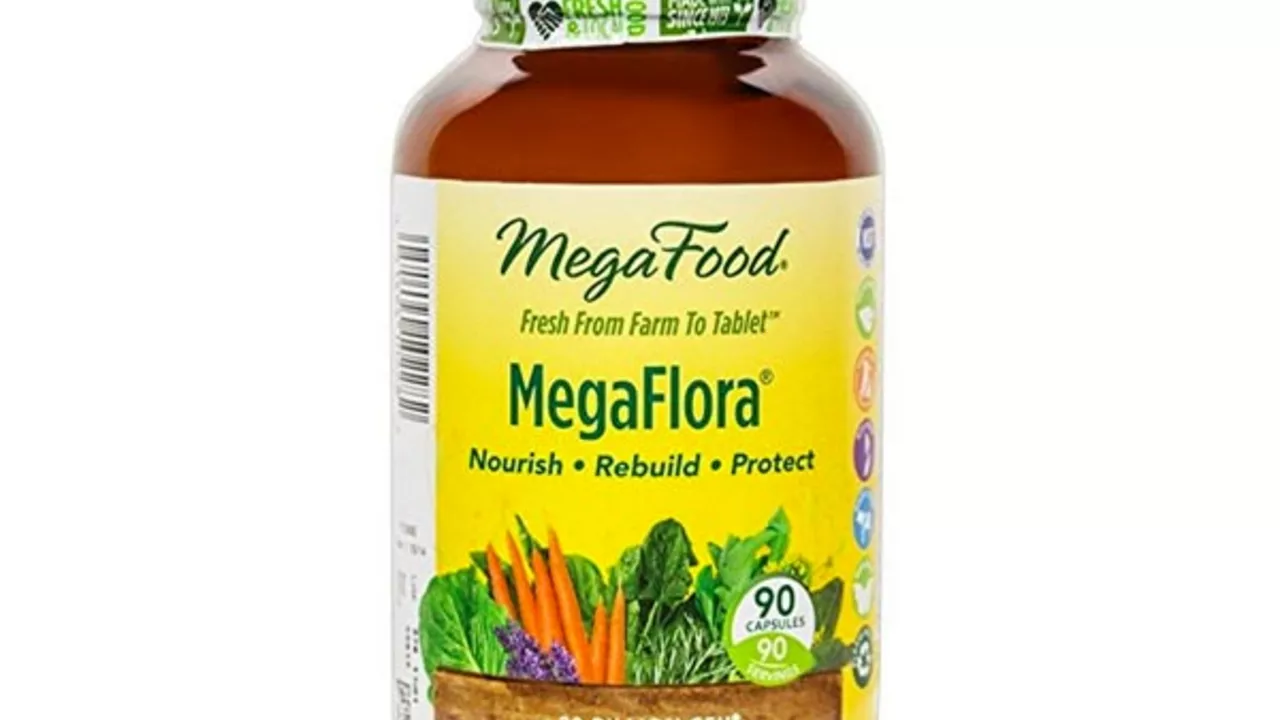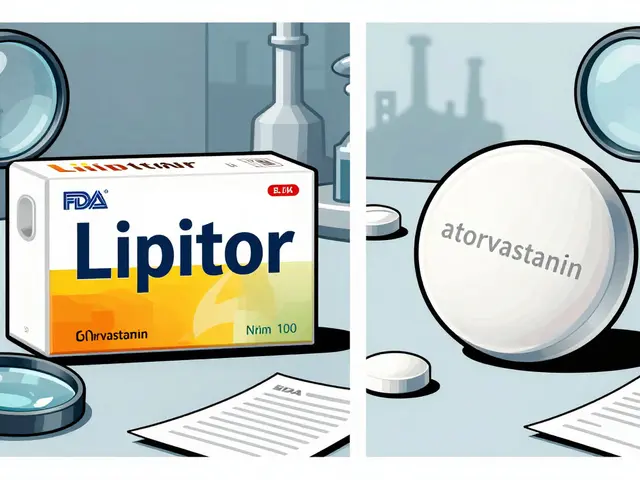Buckhorn Plantain: What It Is and How to Use It Safely
If you’ve ever seen a low‑lying green leaf with a slightly toothed edge, chances are you’ve spotted buckhorn plantain (Plantago lanceolata). This common weed grows in fields, lawns, and even cracks in sidewalks. People have used it for centuries, especially in folk medicine, because it’s easy to find and packed with useful compounds.
What Is Buckhorn Plantain?
Buckhorn plantain is a small, hardy herb that belongs to the plantain family—not the banana‑like fruit you eat. The leaves are flat and lance‑shaped, while tiny spikes of brown seeds sit on long stems. Inside the leaves you’ll find mucilage, flavonoids, and tannins. Mucilage acts like a natural gel, which is why the plant can soothe irritated skin or calm an upset stomach.
How to Use Buckhorn Plantain Safely
The easiest way to use buckhorn plantain is as a tea. Chop fresh leaves, pour hot water over them, and let steep for 5‑10 minutes. One cup a day can help with mild digestive upset or sore throat. If you prefer a stronger dose, you can make a tincture by soaking chopped leaves in alcohol for a few weeks, then taking a few drops diluted in water.
Topically, you can crush fresh leaves into a paste and apply it to minor cuts, insect bites, or bruises. The mucilage creates a protective barrier that keeps the wound moist, which speeds up healing. Just wash the area first, spread the paste, and cover with a clean bandage if needed.
When you buy dried plantain powder or capsules, follow the label’s dosage instructions—usually one teaspoon of powder per day or one capsule three times daily. Start with the lowest dose to see how your body reacts. If you have any allergies to plants in the Plantago family, test a tiny amount on skin first.
Even though buckhorn plantain is natural, it’s not risk‑free. High doses of tannins may cause constipation or interfere with iron absorption. Pregnant or breastfeeding women should talk to a healthcare professional before using it regularly. Also, if you’re taking blood thinners, check with your doctor because the plant’s compounds could affect clotting.
One practical tip is to combine buckhorn plantain tea with honey and lemon for extra soothing power. The honey adds a gentle antibacterial effect, while lemon boosts flavor and vitamin C. This combo works well after a cold or when you have a scratchy throat.
If you’re looking for an easy way to keep the herb on hand, grow it in a pot. It tolerates shade and needs only occasional watering. Harvest leaves early in the morning for maximum potency, then wash and dry them if you plan to store them for later use.
Bottom line: buckhorn plantain is a versatile, low‑cost herb that can help with digestion, skin irritation, and minor respiratory issues when used responsibly. Stick to modest amounts, watch for any side effects, and consult a professional if you have health conditions or take prescription meds. With these simple steps, you’ll get the most out of this humble plant without risking your wellbeing.






